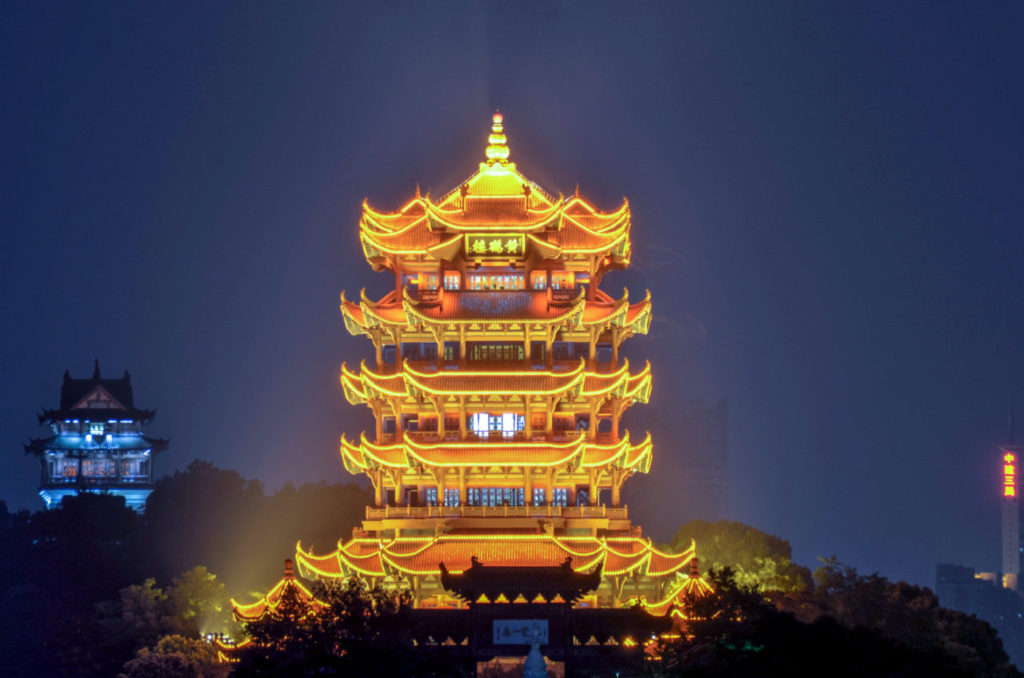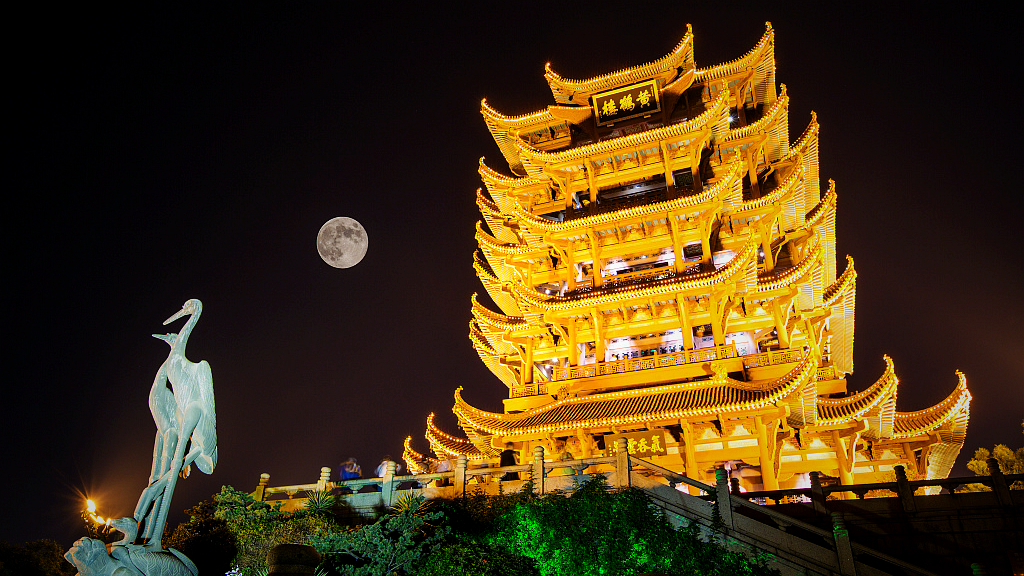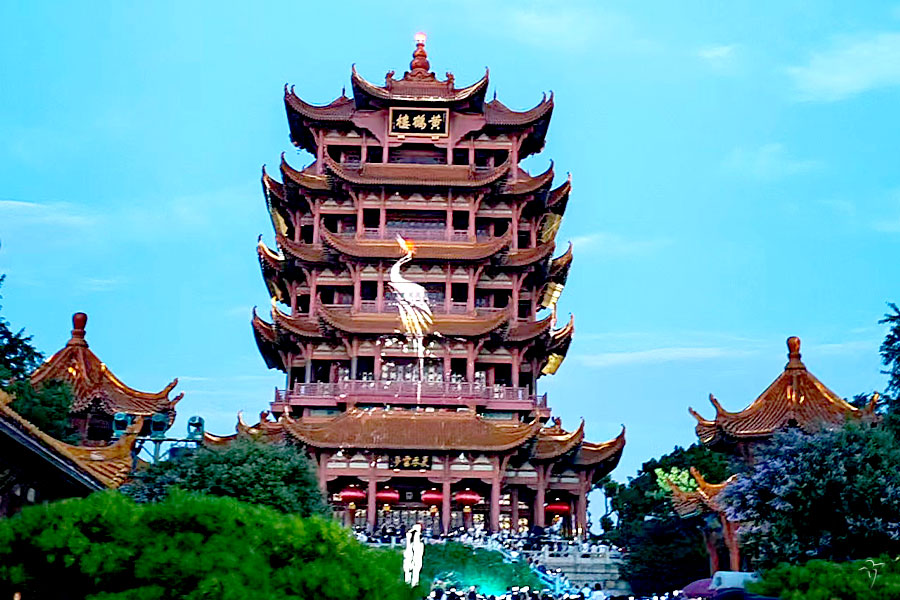Tracing Wuhan’s Yellow Crane Tower and Historical Legends
Welcome to Jusha Travel, your go-to source for uncovering the wonders of China! If you’re a traveler fascinated by Wuhan historical landmarks like the iconic Wuhan Yellow Crane Tower, you’re in for a treat. This ancient structure isn’t just a towering symbol of history; it’s a gateway to China cultural stories that blend poetry, legends, and resilience. As we trace its legacy, we’ll explore cultural attractions in Wuhan, offer practical tips for your Wuhan travel guide, and delve into China history travel insights that make this site unforgettable. Here at jusha.travel, we love sharing tips to make your China journey unforgettable, so let’s embark on this cultural adventure together.
Historical Context and Origins

The Wuhan Yellow Crane Tower stands as one of China’s most enduring Wuhan historical landmarks, a testament to the nation’s rich tapestry of history and culture. First constructed in 223 AD during the Three Kingdoms Period, this magnificent tower was initially built by Sun Quan as a military watchtower at the strategic confluence of the Yangtze and Han Rivers. As detailed in reliable sources like Visit Our China, it served as a vital defense point, highlighting Wuhan’s role in ancient military strategies.
Over the centuries, the tower evolved from a purely functional structure to a celebrated cultural attraction in Wuhan. This transformation reflects broader China cultural stories, where sites like this one symbolize the shift from warfare to artistic expression. Imagine standing on the banks of the Yangtze, picturing warriors scanning the horizon—it’s a scene straight out of a history book. For travelers planning a Wuhan travel guide, visiting during the spring or fall offers milder weather and fewer crowds, allowing for a more immersive experience. Don’t forget to pack comfortable walking shoes and a good camera to capture the panoramic views.
One fascinating fact delar how the tower’s origins tie into China history travel: it wasn’t just about defense but also about fostering unity in a fragmented era. As you explore, you’ll appreciate how Wuhan’s landscape has shaped its story, much like other Chinese destinations where rivers and mountains play starring roles. Here at Jusha Travel, we recommend pairing your visit with a local tea tasting—Wuhan’s teas, often infused with herbs, provide a refreshing break and connect you to the region’s culinary heritage.
Architectural Development and Reconstructions

Delving deeper into the Wuhan Yellow Crane Tower, its architectural journey is a captivating chapter in China history travel. The tower has been destroyed and rebuilt at least twelve times due to wars, fires, and natural disasters, with the current version, completed in 1985, drawing inspiration from Qing Dynasty designs. Standing at an impressive 51.4 meters tall with five levels and over 100,000 yellow glazed tiles, it’s a masterpiece of traditional Chinese architecture, as explored in 7 Wonders.
What makes this Wuhan historical landmark so special are its upturned eaves, designed to resemble a crane in flight—a nod to ancient symbolism that ties into broader China cultural stories. Inside, exhibitions on the second floor feature scale models showing the tower’s evolution from the Tang to Qing dynasties, offering visitors a timeline of architectural innovation. For tech-savvy travelers, note that modern enhancements like interactive displays and English signage make it accessible, blending history with contemporary technology.
As part of your Wuhan travel guide, consider timing your visit for sunset to see the tower’s yellow tiles glow against the skyline—it’s a photographer’s dream. Practical tip: Use ride-sharing apps like Didi (China’s version of Uber) to get here easily from central Wuhan, and if you’re interested in sustainable travel, opt for public buses to reduce your carbon footprint. This site isn’t just about the past; it showcases how cultural attractions in Wuhan adapt to modern life, much like how China’s high-speed rail connects historical sites seamlessly.
Historical Legends, Cultural Significance, and Visitor Experiences

No discussion of the Wuhan Yellow Crane Tower would be complete without diving into its enchanting legends and cultural depth, making it a premier cultural attraction in Wuhan. According to ancient tales, the tower’s name stems from stories of immortals riding yellow cranes to the site, symbolizing transcendence and peace. Famous Tang Dynasty poets like Li Bai and Cui Hao immortalized it in their verses, turning it into a cornerstone of China cultural stories, as chronicled in resources such as Bristol Blogs on Chinese History and Visualising China.
During wartime, the tower even became a symbol of resilience, protected by various powers yet remaining a beacon of Chinese identity. Today, the first floor features a stunning nine-meter porcelain mural depicting these legends, immersing visitors in themes of longing and immortality. For China history travel enthusiasts, this is where history feels alive—pair your visit with a stroll through nearby Snake Hill for a fuller experience.
From a traveler’s perspective, the Wuhan Yellow Crane Tower offers themed exhibitions on every floor, with English and Japanese interpretations making it inclusive. A practical tip: If you’re exploring with family, check for seasonal events like poetry readings or night tours, which blend culture with entertainment. Food-wise, grab some Wuhan hot dry noodles nearby—a local specialty that pairs perfectly with your historical adventure, reflecting China’s vibrant culinary scene. As noted in Four Footsteps Travel Blog, the upper levels provide breathtaking views, though air quality can vary, so use apps like AirVisual to plan accordingly.
As we wrap up our journey through the Wuhan Yellow Crane Tower, it’s clear that this site encapsulates the essence of Wuhan historical landmarks, weaving together China cultural stories, poetic legacies, and modern appeal. Whether you’re drawn to its legends or architectural marvels, visiting here enriches your understanding of cultural attractions in Wuhan and adds depth to your China history travel itinerary. At jusha.travel, we’re passionate about inspiring travelers like you to discover China’s hidden gems.
We’d love to hear your thoughts—have you visited the Yellow Crane Tower, or do you have tips for fellow adventurers? Share in the comments below, explore more on jusha.travel for additional China travel guides, or check out our related articles on other iconic sites. Safe travels and let’s keep the conversation going!




